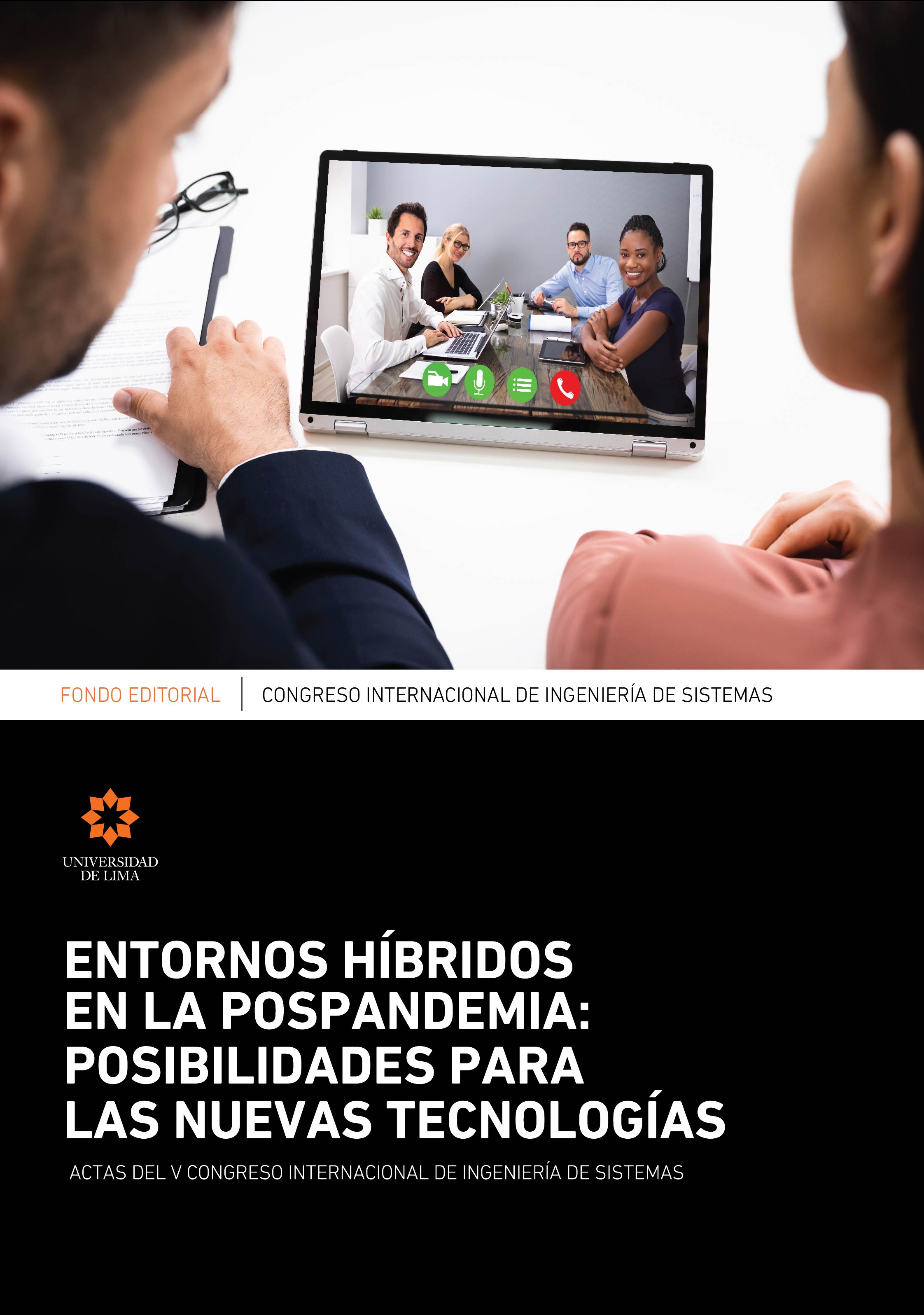Trabajo híbrido: ¿bendición o carga?
DOI:
https://doi.org/10.26439/ciis2022.6066Palabras clave:
trabajo híbrido, trabajo remoto, HRM, colaboración, gerentes de línea, desafíos de gestiónResumen
Habilitados por las nuevas tecnologías e informados por las experiencias durante la pandemia de COVID, a muchos empleados les gustaría continuar trabajando de forma remota (Teevan et al., 2022), ya que esto mejora su equilibrio y bienestar entre el trabajo y la vida personal (George et al., 2021). Muchos líderes, por el contrario, quisieran ver a sus empleados de vuelta en la oficina (Microsoft, 2022). Para hacer frente a este desafío, muchas organizaciones están considerando cambiar a acuerdos de trabajos híbridos, permitiendo que sus empleados trabajen algunos días en entornos remotos, pero solicitándoles que estén en la oficina otros días (p. ej., Barerro et al., 2022). Este enfoque a menudo se ve como una solución que satisface los intereses tanto de los empleados como de los empleadores y puede capturar los beneficios tanto del trabajo remoto como en la oficina (p. ej., Choudhury et al., 2022). Pero, ¿realmente funciona el trabajo híbrido?
Descargas
Referencias
Barerro, J., Bloom, N., & Davis, S. J. (2022). Why working from home will stick. National Bureau of Economic Research (working paper 28731). https://www.nber.org/papers/w28731
Choudhury, P., Khanna, T., Makridis, C., & Schirmann, K. (2022) Is hybrid work the best of both worlds? Evidence from a field experiment. Working paper 22-063, Harvard Business School (Working paper 22-063). https://www.hbs.edu/ris/Publication%20Files/22-063_639195cc-e7b5-47d3-9281-62d192c5b916.pdf
Cristea, I. C., & Leonardi, P. M. (2019). Get noticed and die trying: Signals, sacrifice, and the production of face time in distributed work. Organization Science, 30(3): 552-572. https://doi.org/10.1287/orsc.2018.1265
Gajendran, R. S., & Harrison, D. A. (2007). The good, the bad, and the unknown about telecommuting: Meta-analysis of psychological mediators and individual consequences.
Journal of Applied Psychology, 92(6): 1524–1541. https://www.apa.org/pubs/journals/releases/apl-9261524.pdf
George, T. J., Atwater, L. E., Maneethai, D., & Madera, J. M. (2021). Supporting the productivity and wellbeing of remote workers: Lessons from COVID-19. Organizational Dynamics, 51(2), 100869. https://doi.org/10.1016/j.orgdyn.2021.100869
Golden, T. D., & Veiga, J. F. (2005). The impact of extent of telecommuting on job satisfaction: Resolving inconsistent findings. Journal of Management, 31(2): 301-318. https://doi.org/10.1177/0149206304271768
Kane, G. C., Nanda, R., Phillips, A., & Copulsky, J. (2021). Redesigning the post-pandemic workplace. MIT Sloan Management Review, 62(3), 12-14.
Microsoft (2022). Great expectations: Making hybrid work work. Work trend index: Annual report. https://www.microsoft.com/en-us/worklab/work-trend-index/great-expectations-making-hybrid-work-work
Mortensen, H. (2021, February 24). How to make hybrid workplace fair. Harvard Business Review, https://hbr.org/2021/02/making-the-hybrid-workplace-fair
Rockmann, K. W., & Pratt, M .G. (2015). Contagious offsite work and the lonely office: The unintended consequences of distributed work. Academy of Management Discoveries, 1, 150–164. https://doi.org/10.5465/amd.2014.0016
Teevan, J., Baym, N., Butler, J., Hecht, B., Jaffe, S., Nowak, K., Sellen, A., & Yang, L. (Eds.). Microsoft New Future of Work Report 2022. Microsoft Research Tech Report MSR-TR-2022-3 https://www.microsoft.com/en-us/research/uploads/prod/2022/04/Microsoft-New-Future-Of-Work-Report-2022.pdf
Zappa, P., Andreeva, T., & Dávila, G. (2022, July 7-22). Hybrid work arrangements, asymmetry in task dependence and knowledge network churn in the (post) COVID-19 workplace [Conference presentation]. 38th European Group of Organization Studies Colloquium, Vienna, Austria.


